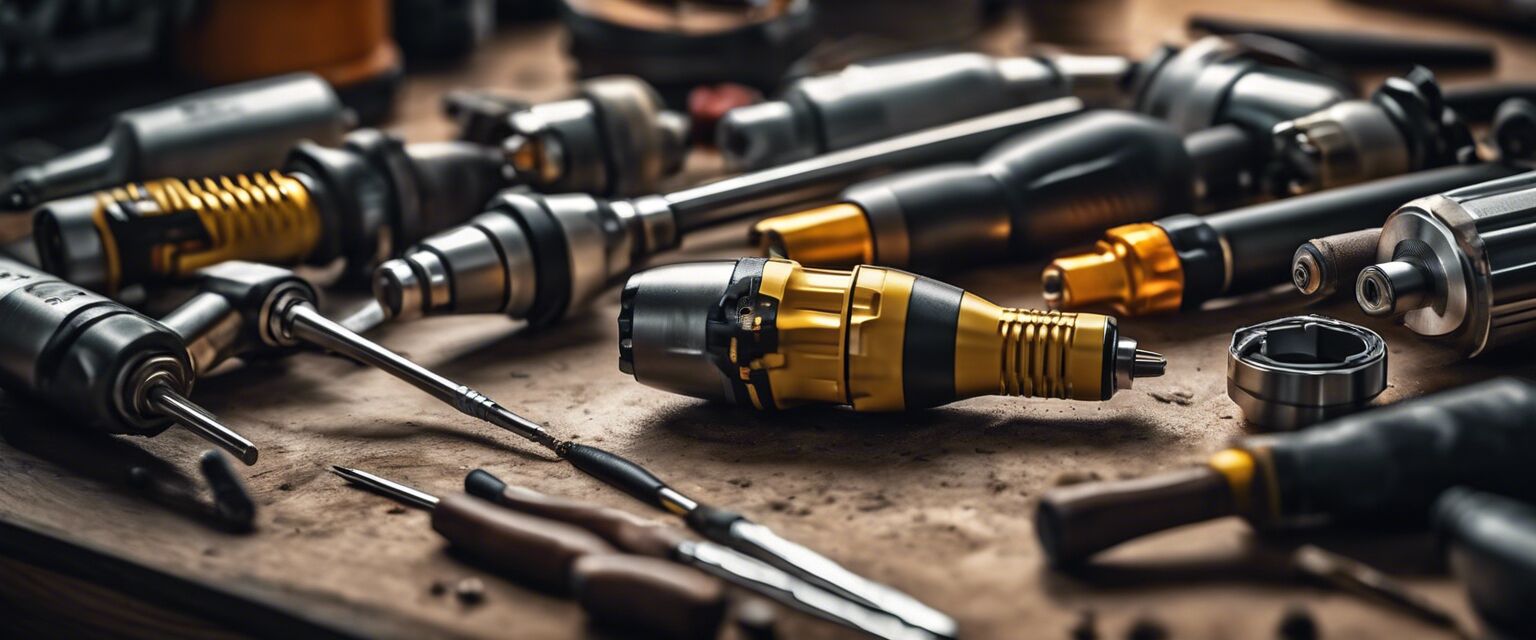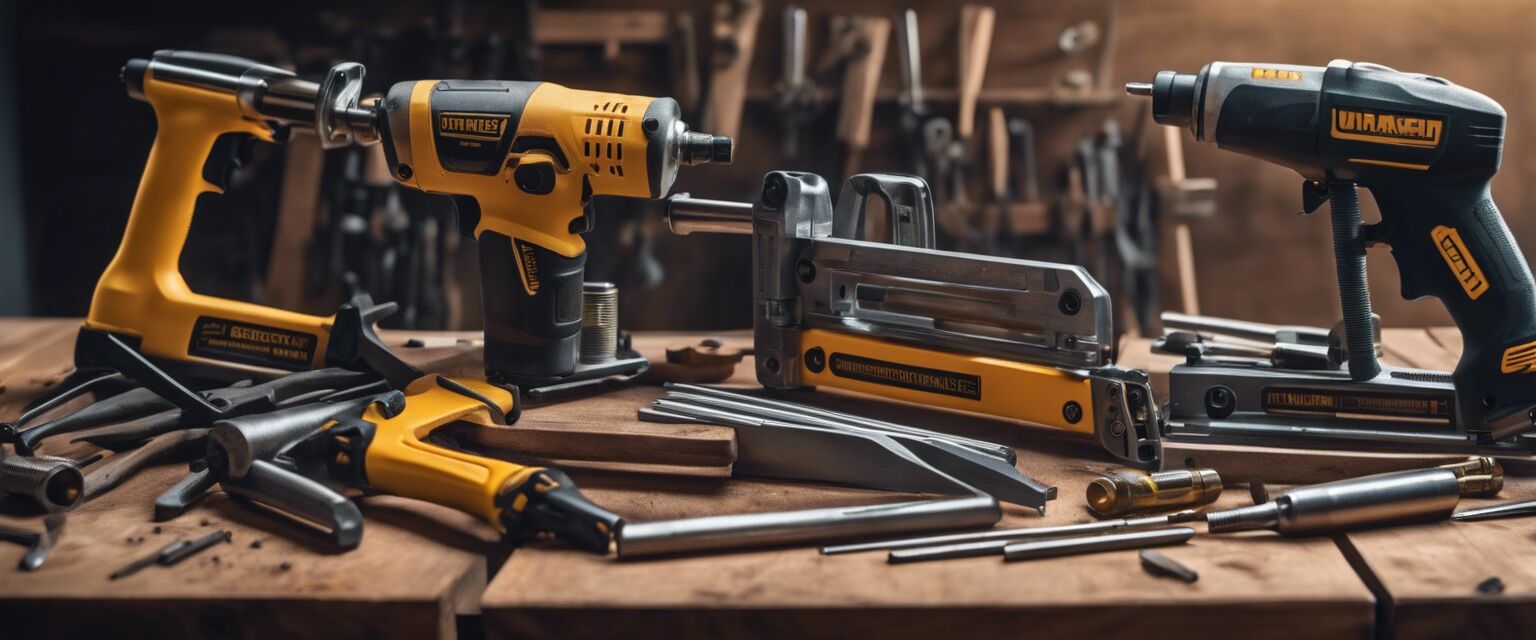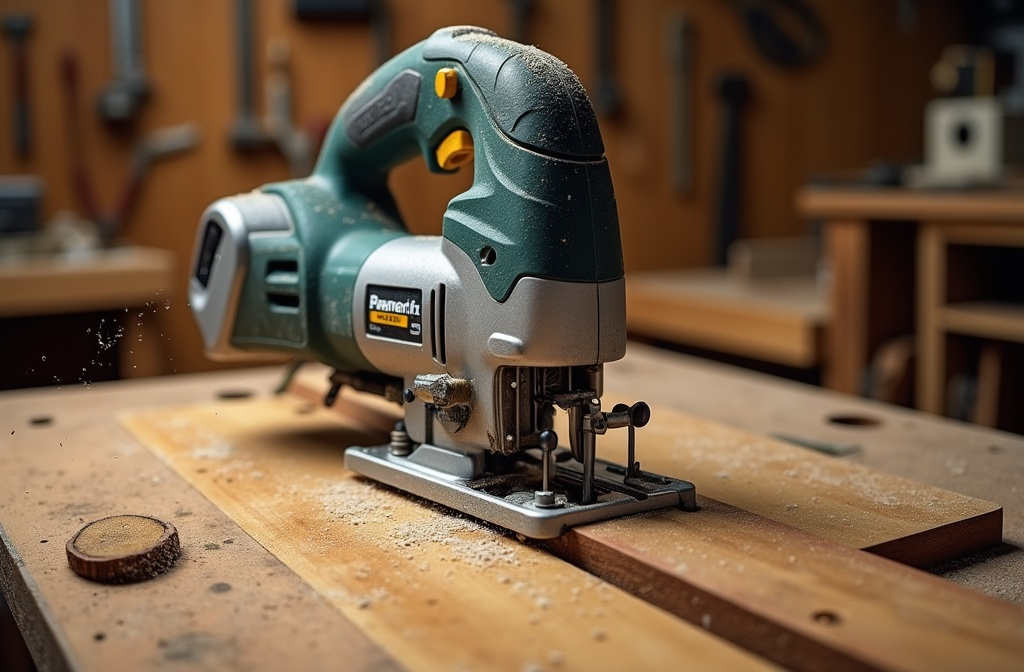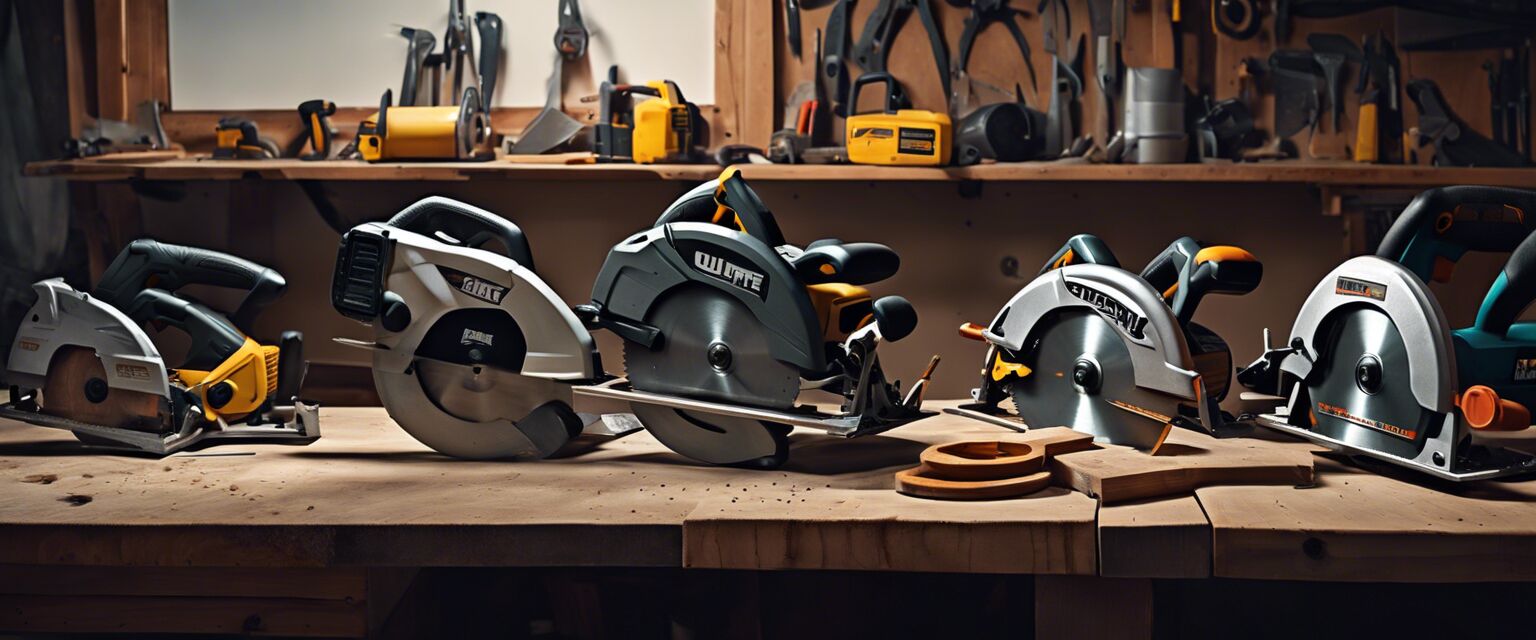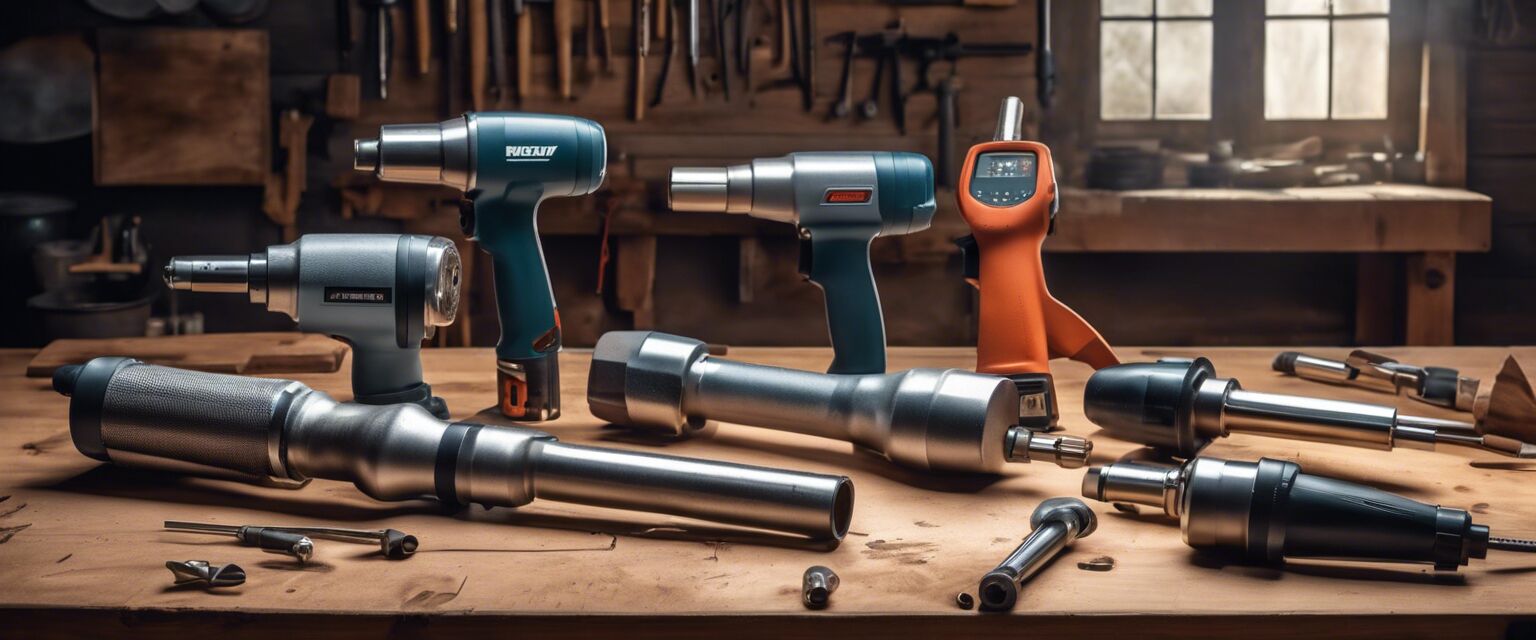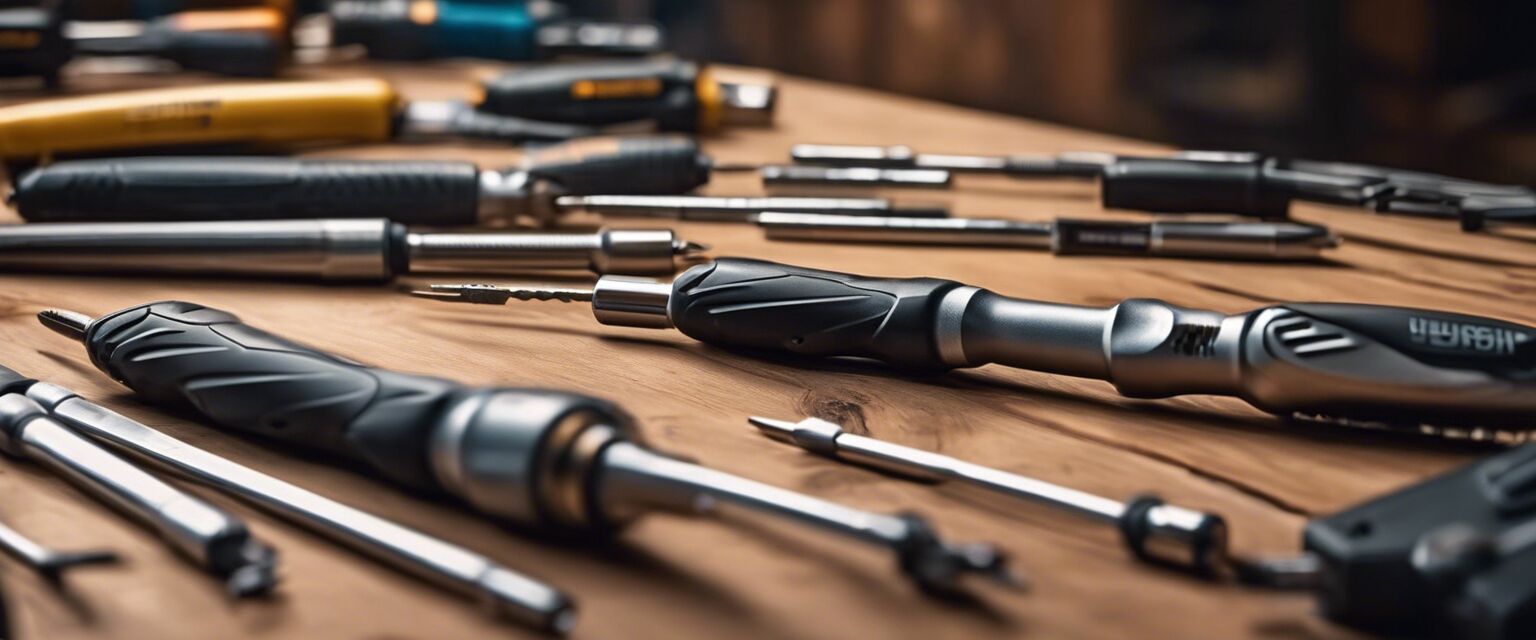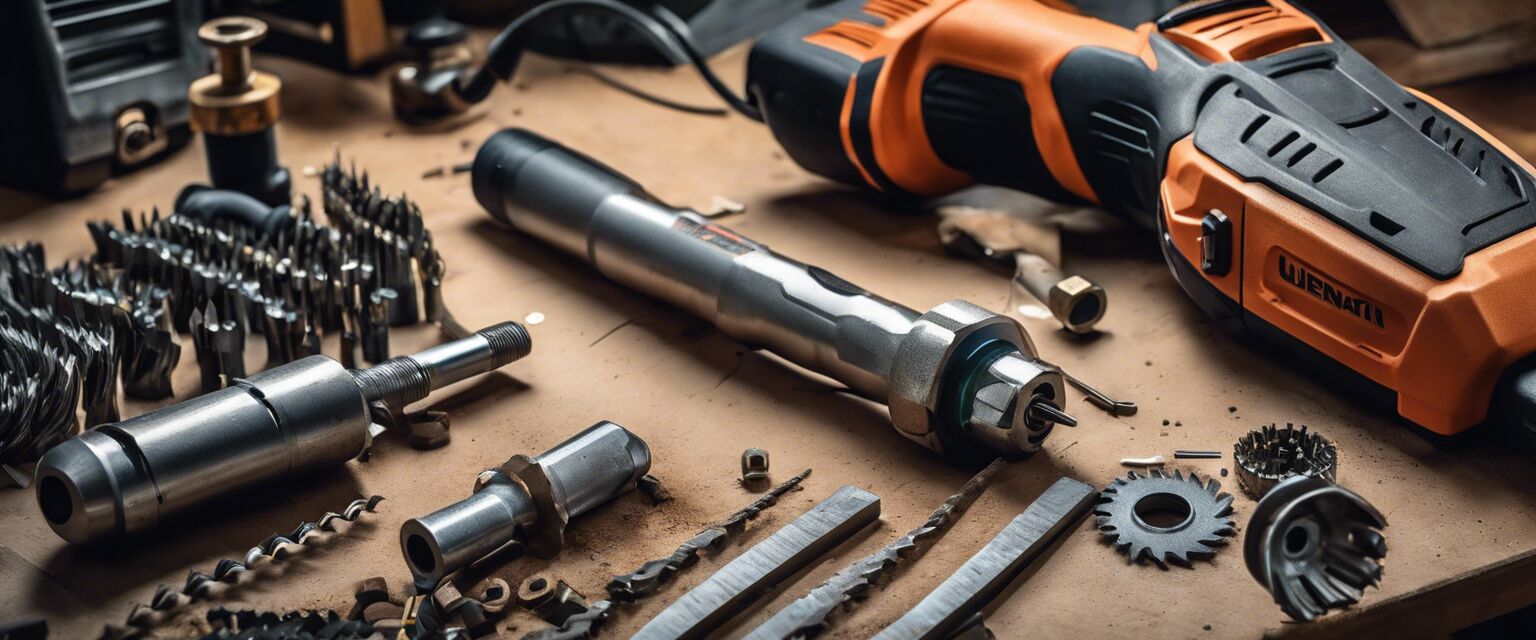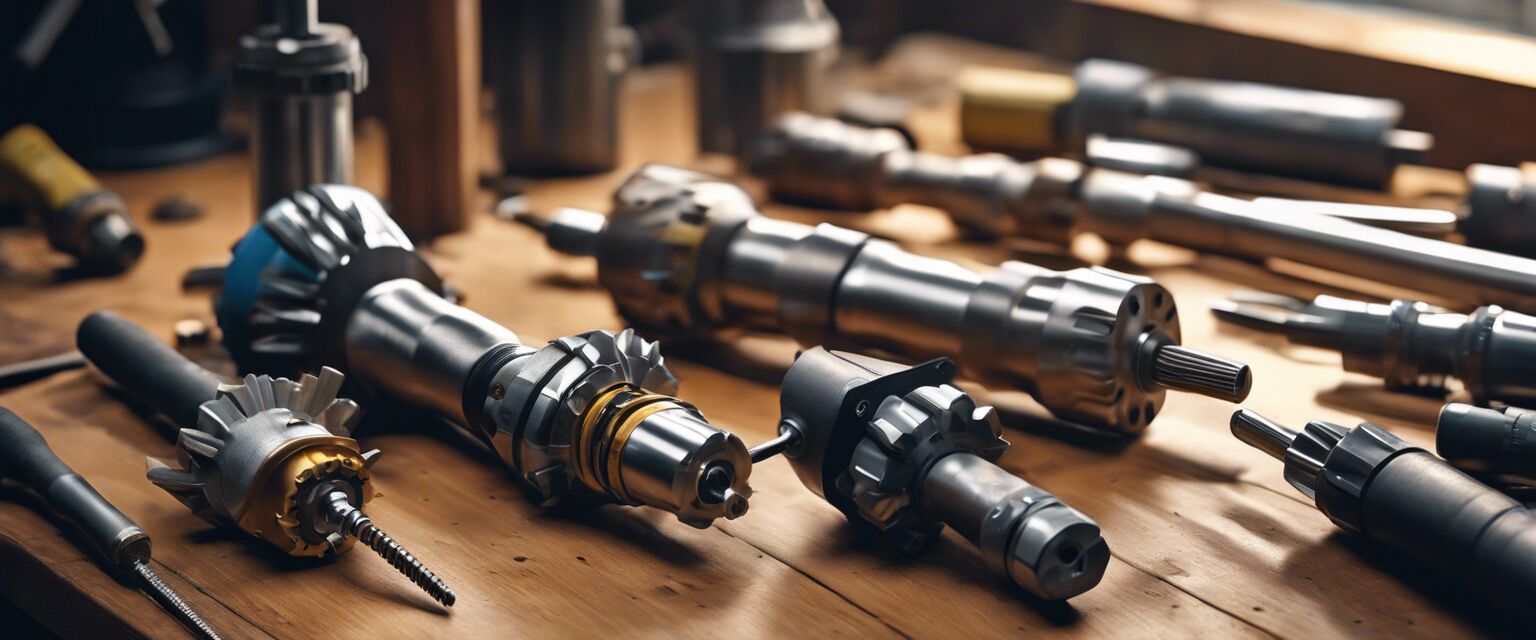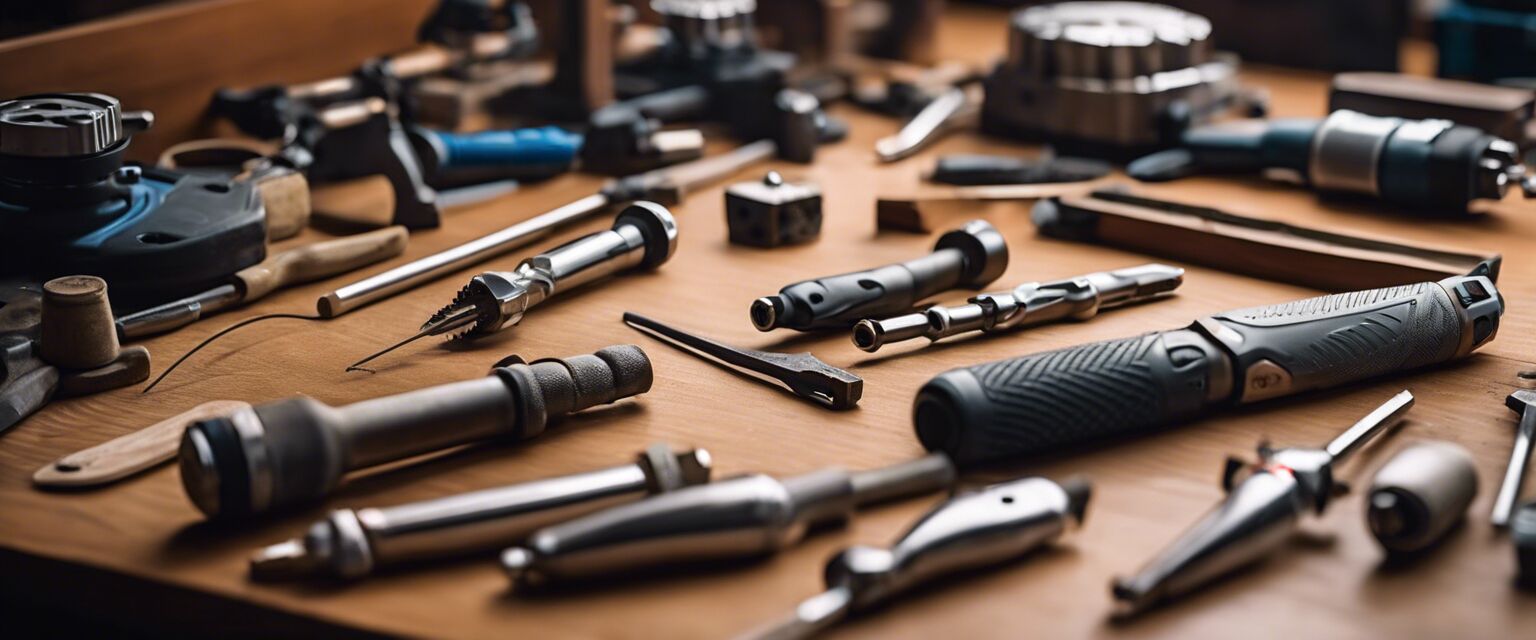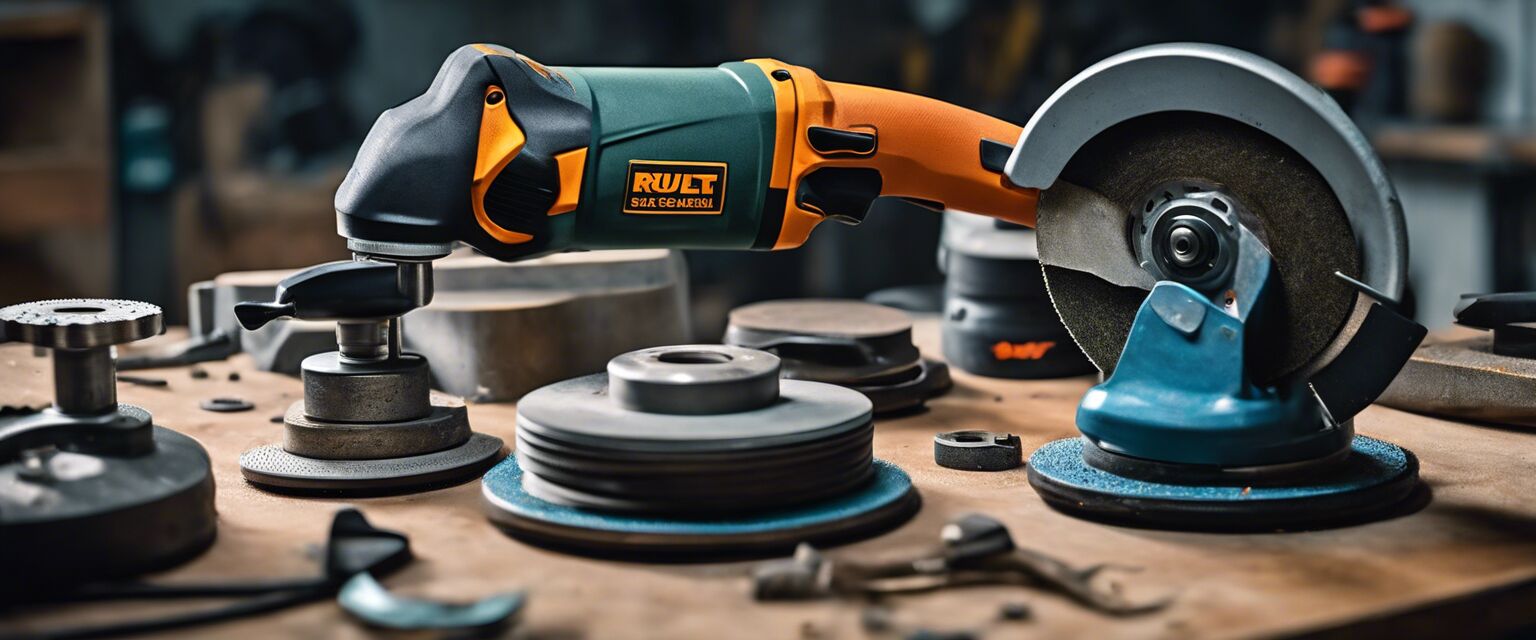
Angle Grinders
Key Takeaways
- Angle grinders are versatile tools for cutting, grinding, and polishing.
- Choosing the right angle grinder depends on the power source, size, and intended application.
- Safety gear is essential when using angle grinders to prevent injuries.
- Regular maintenance increases the lifespan and efficiency of your angle grinder.
Angle grinders are indispensable tools in the world of construction and DIY projects. They offer unmatched versatility, allowing users to cut, grind, and polish a variety of materials. Whether you're a contractor or a DIY enthusiast, understanding the different types of angle grinders and their applications can greatly enhance your tool collection. In this guide, we'll explore the best angle grinders available, their features, and how to choose the right one for your needs.
What is an angle grinder?
An angle grinder is a handheld power tool that uses a rotating disc to grind, cut, or polish materials. The adaptability of angle grinders makes them perfect for tasks such as metal fabrication, woodworking, and masonry work. They come in various sizes and power ratings, allowing users to select one that best suits their project requirements.
Types of angle grinders
There are several types of angle grinders, each tailored for specific uses. Below are the most common types:
| Type | Power Source | Best For |
|---|---|---|
| Electric Angle Grinder | AC Power | General cutting and grinding |
| Battery-Powered Angle Grinder | Battery (Cordless) | Portability and convenience |
| Pneumatic Angle Grinder | Compressed Air | Heavy-duty industrial applications |
Key features to consider
When choosing the right angle grinder, there are several key features to consider:
- Motor Power: Measured in watts or amps, a higher power rating typically means better performance.
- Disc Size: Common sizes include 4.5, 5, and 7 inches. Larger discs can handle bigger jobs.
- Speed: Measured in RPMs (revolutions per minute), higher speeds can improve efficiency for some applications.
- Safety Features: Look for tools with safety guards, anti-vibration handles, and electronic safety brakes.
Applications of angle grinders
Angle grinders are used in a wide range of applications. Here are some common uses:
| Application | Description |
|---|---|
| Cutting Metal | Perfect for cutting rebar, metal sheets, and pipes. |
| Grinding | Used for smoothing surfaces and removing rust or paint. |
| Polishing | Ideal for creating a shine on metal and stone surfaces. |
Safety precautions
Using an angle grinder comes with inherent risks. To ensure safety, follow these precautions:
- Always wear safety goggles and a dust mask.
- Use gloves to protect your hands from sharp edges.
- Ensure the work area is clear of flammable materials.
- Check the tool and accessories for damage before use.

Maintenance tips for angle grinders
Regular maintenance is crucial to keep your angle grinder functioning properly. Here are some tips:
- Clean the tool after each use to prevent dust buildup.
- Inspect the grinding wheel for damage before use.
- Lubricate moving parts as recommended by the manufacturer.
- Store the grinder in a dry place to avoid rust.
Comparing popular angle grinders
When looking for the best angle grinder, comparing different models can help you make an informed decision. Below is a comparison table of popular models:
| Model | Power | Disc Size | Weight | Special Features |
|---|---|---|---|---|
| Model A | 10 Amps | 4.5 inches | 5 lbs | Safety guard, anti-vibration handle |
| Model B | 12 Amps | 5 inches | 6 lbs | Variable speed control, dust protection |
| Model C | 8 Amps | 7 inches | 7 lbs | Pneumatic, lightweight design |
Where to find the best angle grinders
For a wide selection of angle grinders, visit our dedicated pages on:

Conclusion
Angle grinders are versatile tools that every contractor and DIY enthusiast should have in their toolkit. With proper understanding and maintenance, these power tools can significantly enhance your productivity and project quality.
Pros
- Highly versatile for various tasks.
- Available in multiple power sources for convenience.
- Compact and portable for easy transport.
Cons
- Can be dangerous without proper safety precautions.
- May require routine maintenance.
- Some models can be heavy and difficult to handle.
Beginners Section
- Start with a lower power model to get comfortable.
- Practice on scrap material before tackling your project.
- Always read the manufacturer's manual for safety and maintenance tips.
